Brittan’s rasbora - Rasbora brittani
Scientific name: Rasbora brittani
Common name: Brittan’s rasbora
Family: Cyprinidae
Usual size in fish tanks: 4 - 5 cm (1.57 - 1.97 inch)
014
Recommended pH range: 6.2 - 7
Recommended water hardness: 3 - 15°N (53.57 - 267.86ppm)
0°C 32°F30°C 86°F
Recommended temperature range: 22 - 26 °C (71.6 - 78.8°F)
The way how these fish reproduce: Spawning
Where the species comes from: East Asia
Temperament to its own species: peaceful
Temperament toward other fish species: peaceful
Usual place in the tank: Top levels
Short Description
Rasbora brittani, also known as Brittan’s rasbora, is a peaceful and elegant schooling fish originating from Southeast Asia. Known for its slender body and graceful swimming style, this species prefers the upper levels of the aquarium and thrives in soft, slightly acidic water. Due to its sensitivity to poor water quality, it is recommended for aquarists with some experience in maintaining stable tank conditions.
Origin
Rasbora brittani is native to Southeast Asia and can be found in slow-moving waters in Malaysia, Thailand, and Sumatra. In their natural habitat, they live among submerged vegetation and leaf litter in shaded forest streams.
Usual Size
In home aquariums, this species usually reaches a length of 4–5 cm (1.57–1.97 inches).
Tank Requirements
- pH range: 6.2 – 7.0
- Water hardness: 3 – 15 °dGH (53.57 – 267.86 ppm)
- Temperature: 22 – 26 °C (71.6 – 78.8 °F)
- Tank level: Top
A densely planted aquarium with soft, well-filtered water is ideal. Leave some open swimming space, as Brittan’s rasboras are active swimmers and enjoy room to move in groups.
Temperament and Compatibility
This species is peaceful toward both its own kind and other fish. It is ideal for community tanks with other small, non-aggressive fish. They feel safest and display natural behavior when kept in schools of at least 6 individuals.
Feeding
Brittan’s rasboras are not fussy eaters. A high-quality flake or micro pellet should form the basis of their diet. To enhance their health and coloration, supplement their meals 2–3 times per week with live or frozen foods such as bloodworms, Tubifex, brine shrimp, or daphnia. A varied diet will encourage activity and enhance their natural colors.
Sexing
Sexual dimorphism is subtle. Males tend to be more slender, while females often have a rounder body shape, especially when viewed from above.
Breeding
Although breeding in captivity is rarely reported, it is believed that Rasbora brittani are egg scatterers in the wild. They spawn among plants and release their eggs freely into the water. Fry are very slow-growing and can take up to 2–3 years to reach sexual maturity. Replicating their natural habitat with fine-leaved plants and soft, acidic water may improve breeding success in an aquarium setting.
Lifespan
The average lifespan of Rasbora brittani is approximately 6 years when kept in stable and clean water conditions.
Additional Tips
- Perform regular water changes to maintain good water quality.
- Use a gentle filter to simulate their natural slow-moving waters.
- Dim lighting and floating plants can help reduce stress.
❓ Frequently Asked Questions about Rasbora brittani
-
❓ Can Rasbora brittani be kept with other rasbora species?
Yes, they are peaceful and can coexist with other small, non-aggressive rasbora species in a well-maintained community tank.
-
❓ How many Brittan’s rasboras should be kept together?
They are schooling fish and should be kept in groups of at least six individuals. Larger groups will reduce stress and encourage natural behavior.
-
❓ Is Rasbora brittani suitable for beginner aquarists?
They can be suitable for moderately experienced aquarists who are comfortable maintaining consistent water parameters. Their sensitivity to poor water quality makes regular maintenance important.
-
❓ Do these fish need a heater?
Yes, they prefer tropical temperatures between 22–26 °C (71.6–78.8 °F), so a heater is recommended to maintain stable conditions.
-
❓ Will Rasbora brittani eat baby shrimp?
While they are peaceful, they may eat very small shrimp or shrimp fry if the opportunity arises. They are generally safe with adult dwarf shrimp in a densely planted tank.
-
❓ Why are my Rasbora brittani hiding or not swimming actively?
This may be due to stress from poor water quality, aggressive tankmates, or too few individuals in the group. Check water parameters and ensure they are in a proper group.
Pictures
Bought by aqua-fish.net from jjphoto.dk.




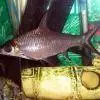 Bala
Bala 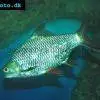 Tinfoil
Tinfoil 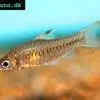 Congo
Congo 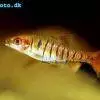 Blue-barred
Blue-barred 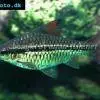 African
African 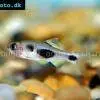 Butterfly
Butterfly 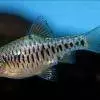 Olivegreen
Olivegreen  Morse
Morse 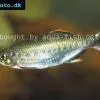 Jerdon’s
Jerdon’s 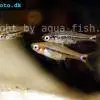 Mosquito
Mosquito  Dwarf
Dwarf  Goldfish
Goldfish 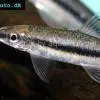 Penguin
Penguin 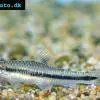 Siamese
Siamese  Koi
Koi 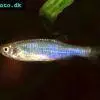 Pearl
Pearl 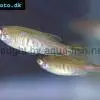 Glowlight
Glowlight  Crossbanded
Crossbanded 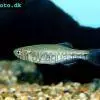 Yoma
Yoma 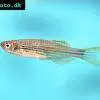 Orange
Orange 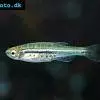 Dwarf
Dwarf 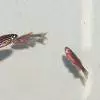 Zebra
Zebra 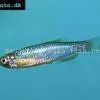 Rose
Rose 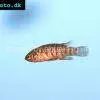 Scarlet
Scarlet  Red
Red 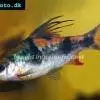 Arulius
Arulius 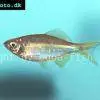 Bengal
Bengal 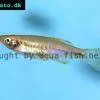 Tiger
Tiger 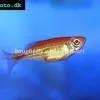 Malabar
Malabar  Queen
Queen 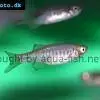 Hora
Hora  False
False 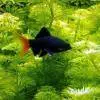 Redtail
Redtail 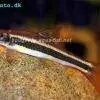 Flying
Flying 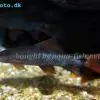 Labeo
Labeo 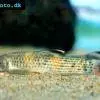 Garra
Garra 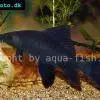 Black
Black 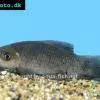 Purple
Purple 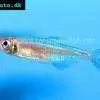 Burmese
Burmese 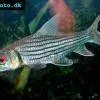 Isok
Isok 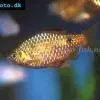 Rosy
Rosy 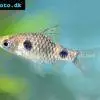 Two
Two 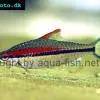 Denison
Denison 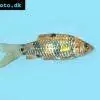 Clown
Clown 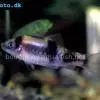 Melon
Melon 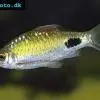 Black-spot
Black-spot 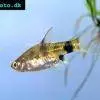 Golden
Golden  T-Barb
T-Barb 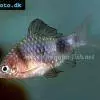 Ruby
Ruby  Checkered
Checkered 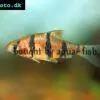 Fiveband
Fiveband 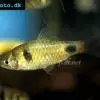 Dwarf
Dwarf  Rhomb
Rhomb 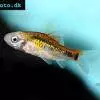 Gold
Gold 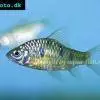 Golden
Golden 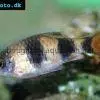 Tambraparni
Tambraparni 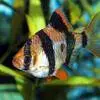 Tiger
Tiger 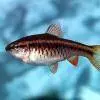 Cherry
Cherry 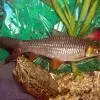 Greater
Greater 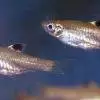 Hi-spot
Hi-spot 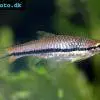 Long-band
Long-band  Twospot
Twospot 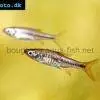 Reticulate
Reticulate  Cherry
Cherry  White
White 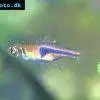 Lambchop
Lambchop 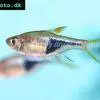 Harlequin
Harlequin